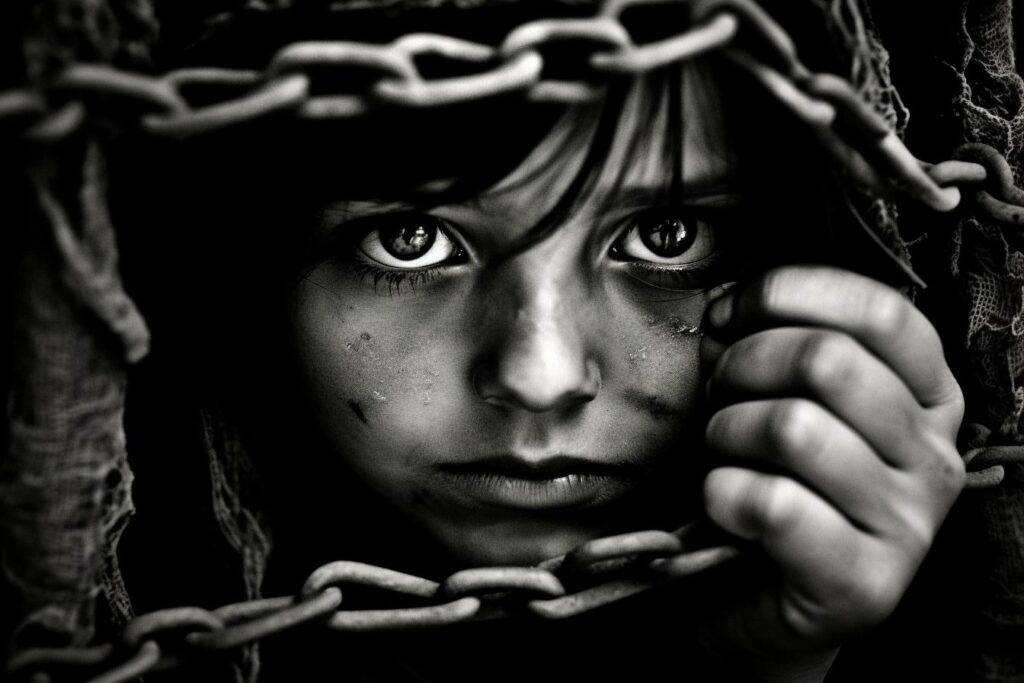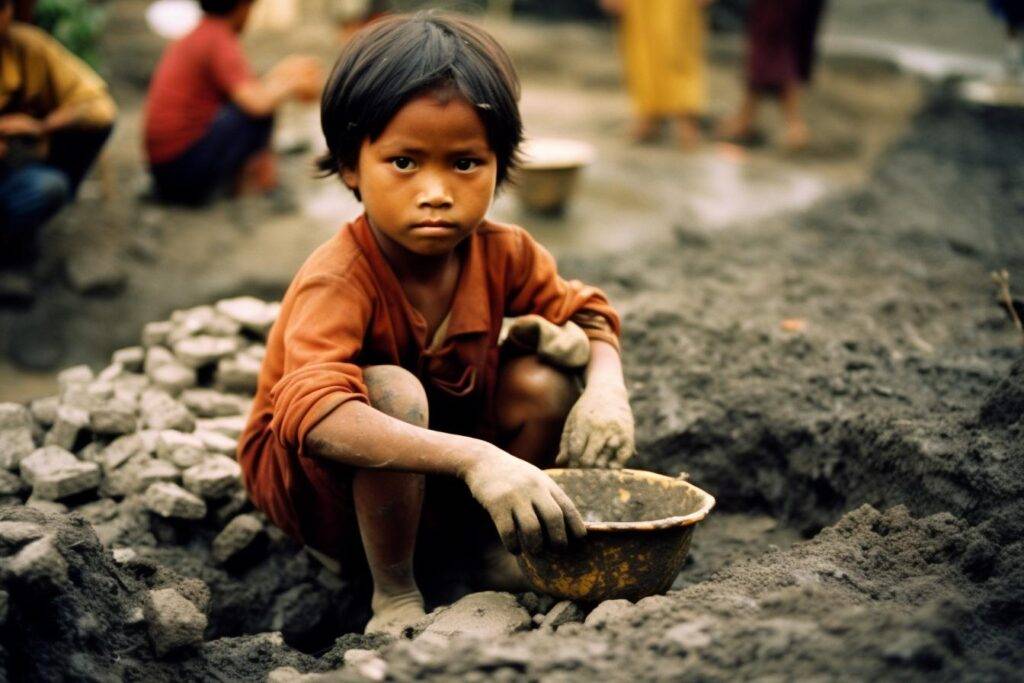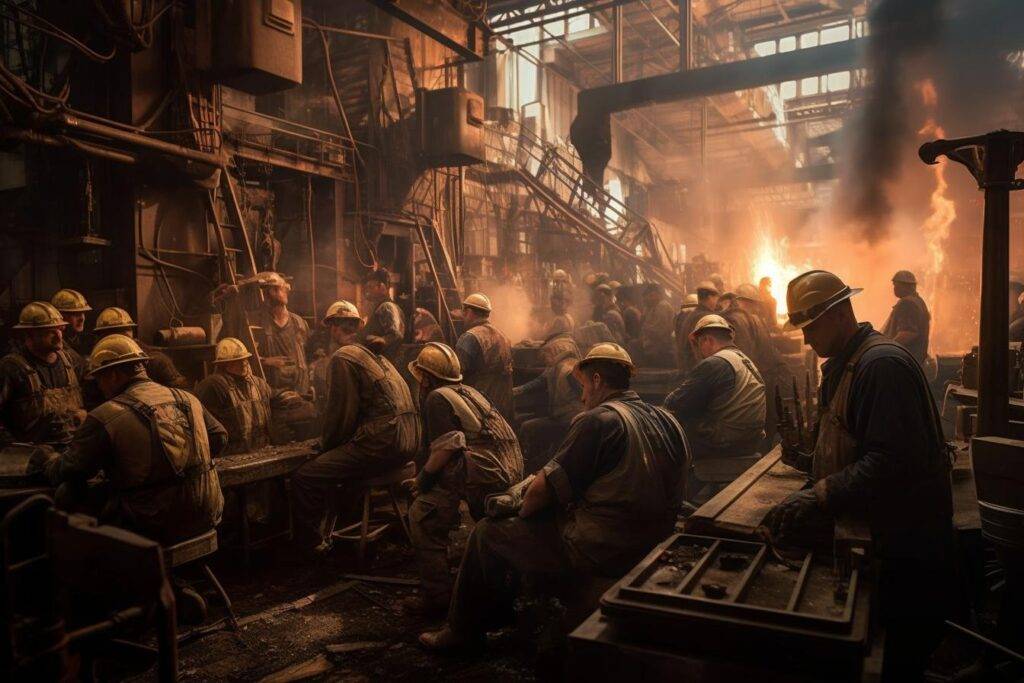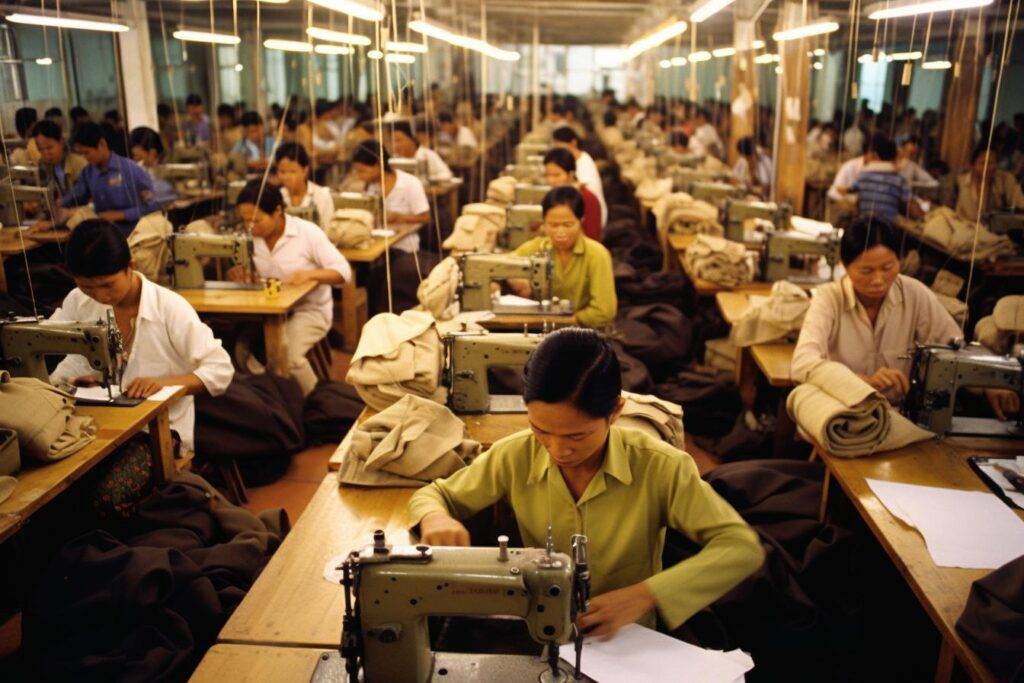Comparing modern work with slavery of the past is complex and nuanced, but it can be done by highlighting similarities and differences. It is true that various aspects of modern work may resemble elements of historical slavery, but it is very important to be aware of the fundamental differences between the freedom and legal protection aspects.
In the context of modern life and work, it is important to recognize that most people have the right to choose their profession. Modern employment generally operates within a legal framework that protects workers rights, ensures fair pay and promotes safe working conditions. These safeguards are in place to prevent and ensure the exploitation of labor and a level of protection that did not exist under historical slavery.
However, there are some concerns and criticisms about practices and conditions in the modern working environment, such as long working hours, high levels of stress, limited work-life balance and income inequality.
In addition, systemic factors such as income inequality and socio-economic disparities can affect individuals opportunities in the labor market. These factors can create situations in which individuals feel forced to work in less desirable conditions.
It is important to continue to address these issues, defend workers rights and promote a fair and equitable working environment. In doing so, we can strive towards a society in which individuals have meaningful work opportunities, fair remuneration and a healthy work-life balance.
Equating modern work with historical slavery may oversimplify the complexities and nuances of both historical and contemporary labor practices. As already mentioned, we can compare similarities and differences, but equivalence is not possible because of the factors already mentioned above.
It is important to mention that the term ‘slavery’ are mostly used in the context of economically underdeveloped countries.




